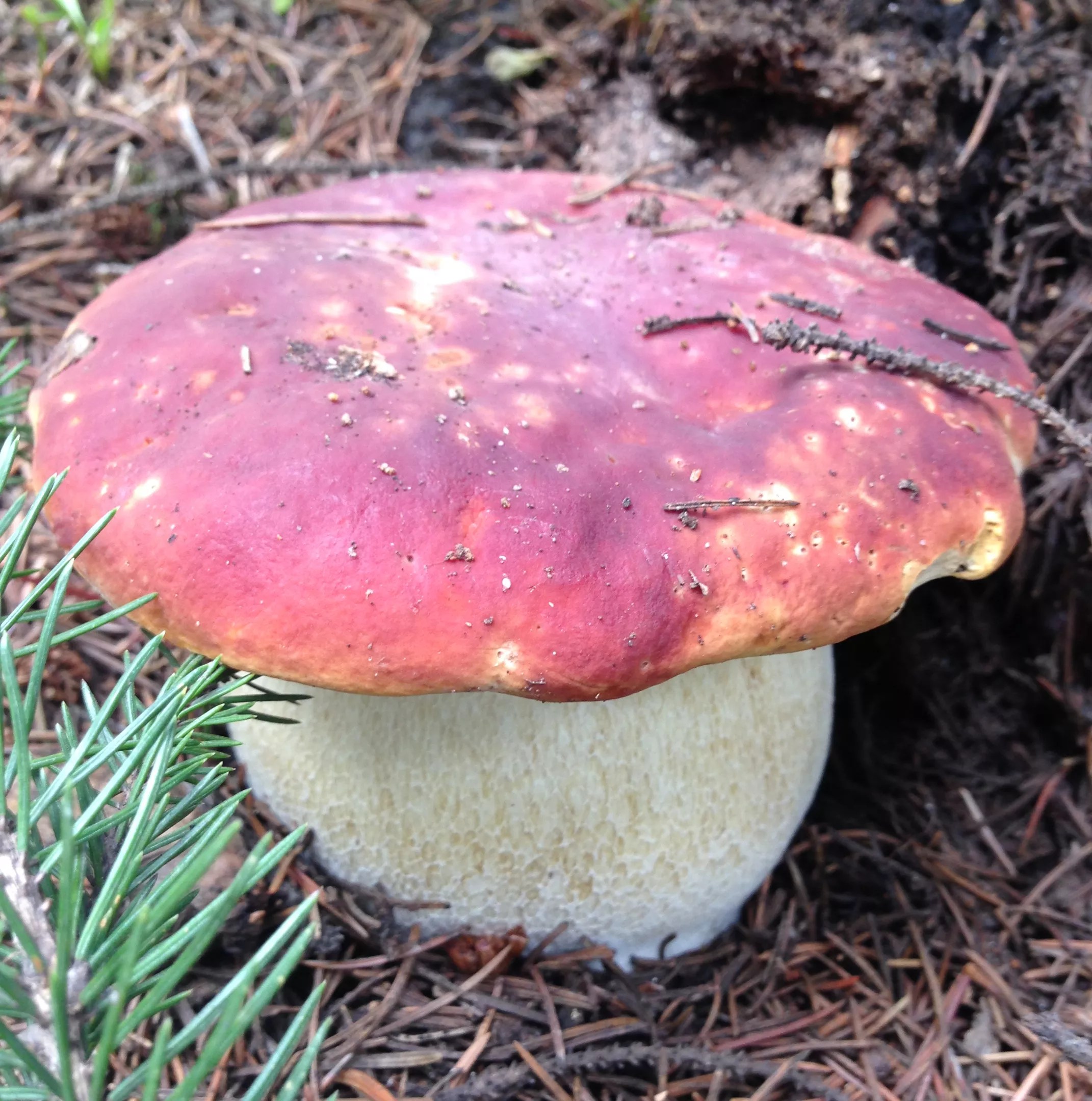
Anna Marija Helt

Audio By Carbonatix
Mushroom season is here, and it’s arriving at a time when fungi of all kinds are at peak popularity.
Colorado is home to a wide variety of mushrooms. Some local species are edible, others are poisonous, and some are a mystery. Mistaken identity when foraging wild mushrooms can earn you a prolonged stay in the bathroom or, in the worst case, a dirt nap.
While the information here is not sufficient to guide you in foraging, it’s a fun way to play spot-the-mushroom and impress your friends with some fungi facts.
To learn more about identification (and about preserving mushroom habitat), join the Colorado Mycological Society.
This year, make your gift count –
Invest in local news that matters.
Our work is funded by readers like you who make voluntary gifts because they value our work and want to see it continue. Make a contribution today to help us reach our $50,000 goal!
Here are thirteen types of mushrooms you might spy while out and about this spring and summer:
Rocky Mountain red topped boletes (Boletus rubriceps) fruit from summer to early fall under high elevation conifers, especially spruce. Red toppers are delicious, but can be confused with the potentially toxic Leccinum species of mushrooms (aka aspen boletes) if an errant forager is unaware of the telltale differences.
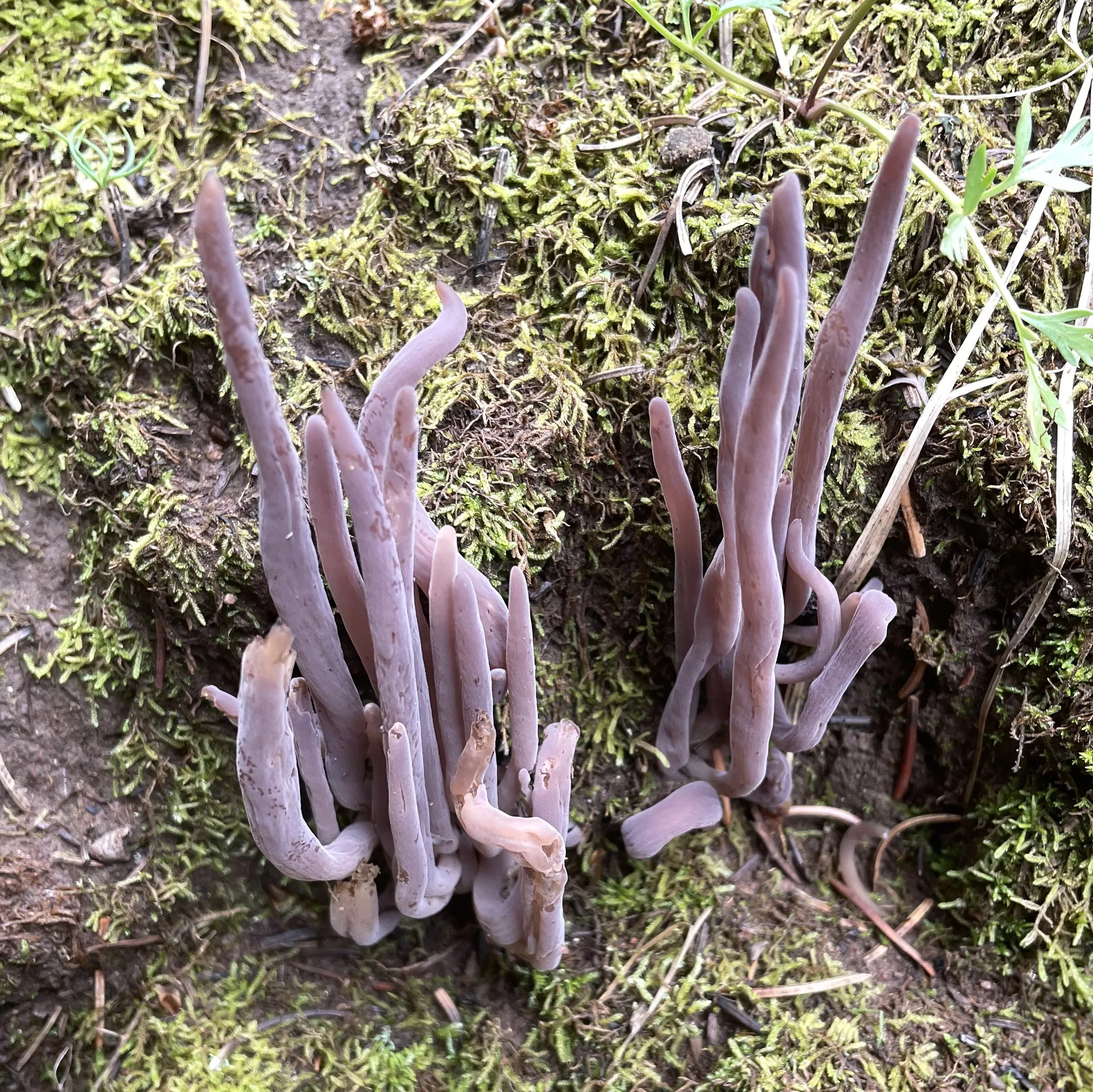
Purple fairy clubs.
Anna Marija Helt
Purple fairy clubs (Alloclavaria purpurea) show up from summer into early fall in high-elevation conifer forests, often growing with mosses. Fairy clubs are fun to encounter and are edible; but it’s too insubstantial to bother harvesting.
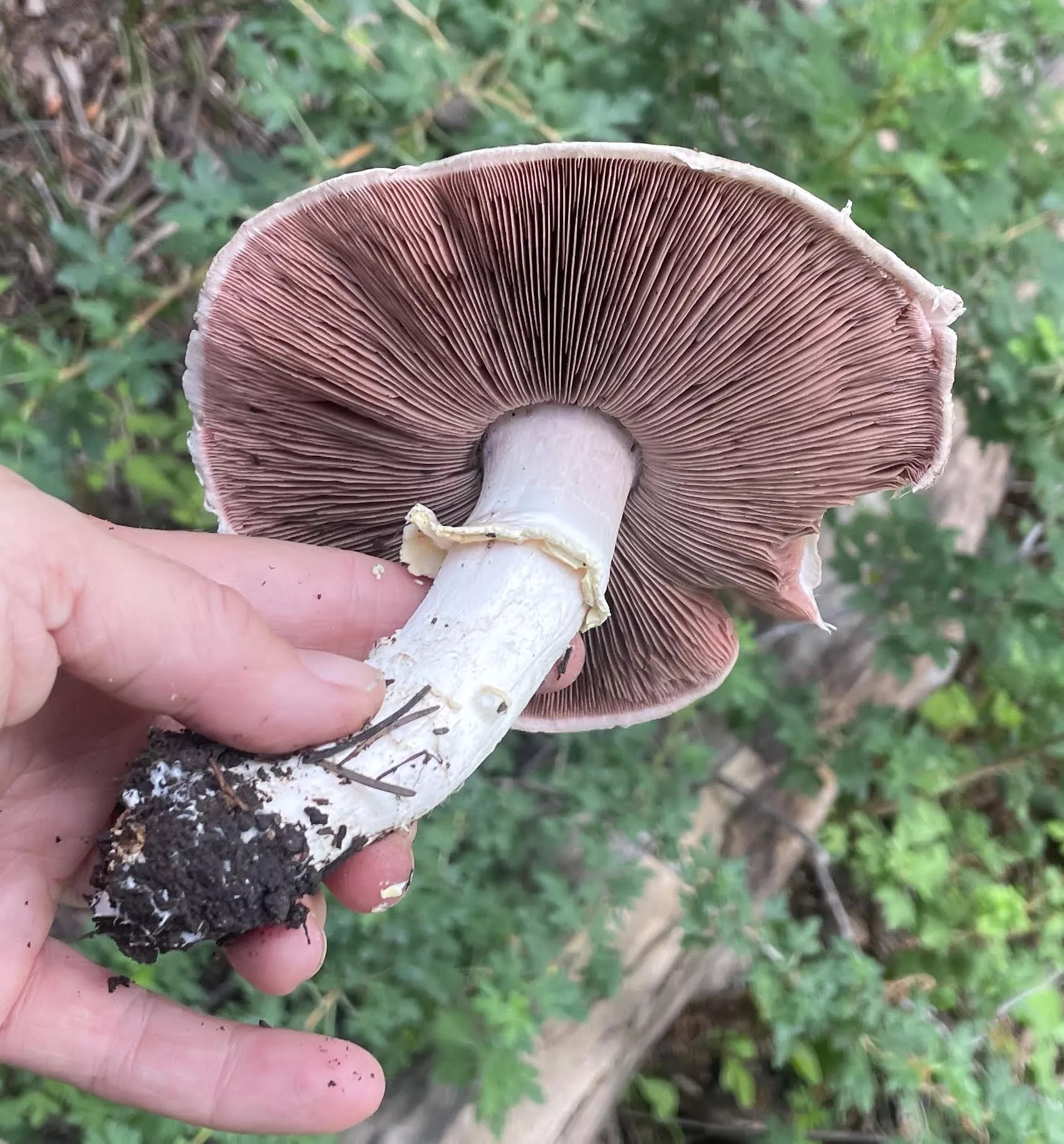
A wild button mushroom.
Anna Marija Helt
Wild button mushrooms (Agaricus species) fruit in summer and fall in grassy areas, along sidewalks and in mountain forests, depending on the species. Some are edible, others are toxic. And they superficially resemble deadly amanitas and the vomiter mushroom, which can be a problem if an unlucky gatherer isn’t paying attention. The vomiter mushroom is known to cause poisonings. Anna Marija Helt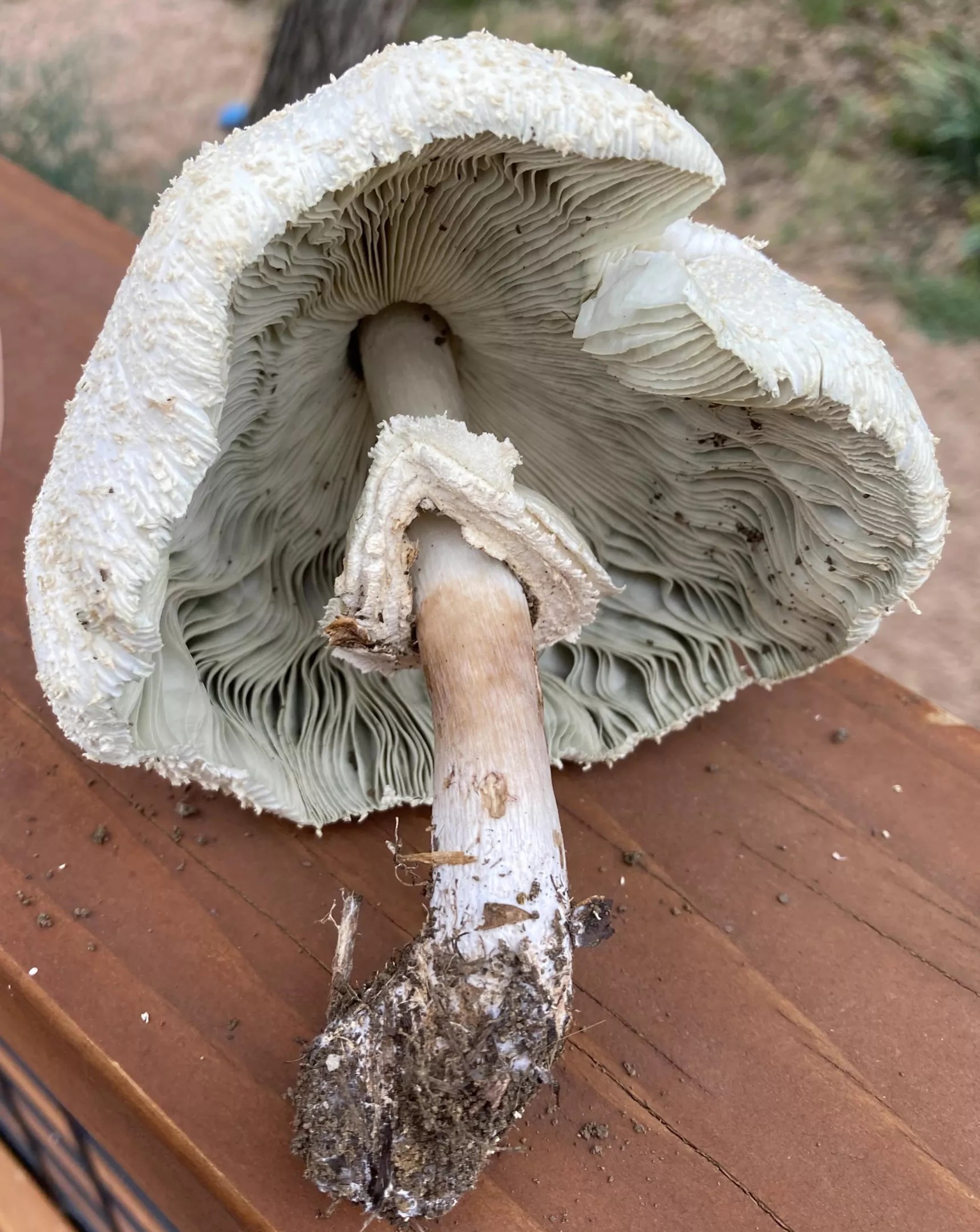
The vomiter mushroom (Chlorophyllum molybdites) grows summer and fall in the city and the ‘burbs, and releases green spores that tinge the gills of mature mushrooms green. It’s the most common cause of wild mushroom poisonings in North America, as it’s often mistaken for edible agaricus and shaggy mane mushrooms.
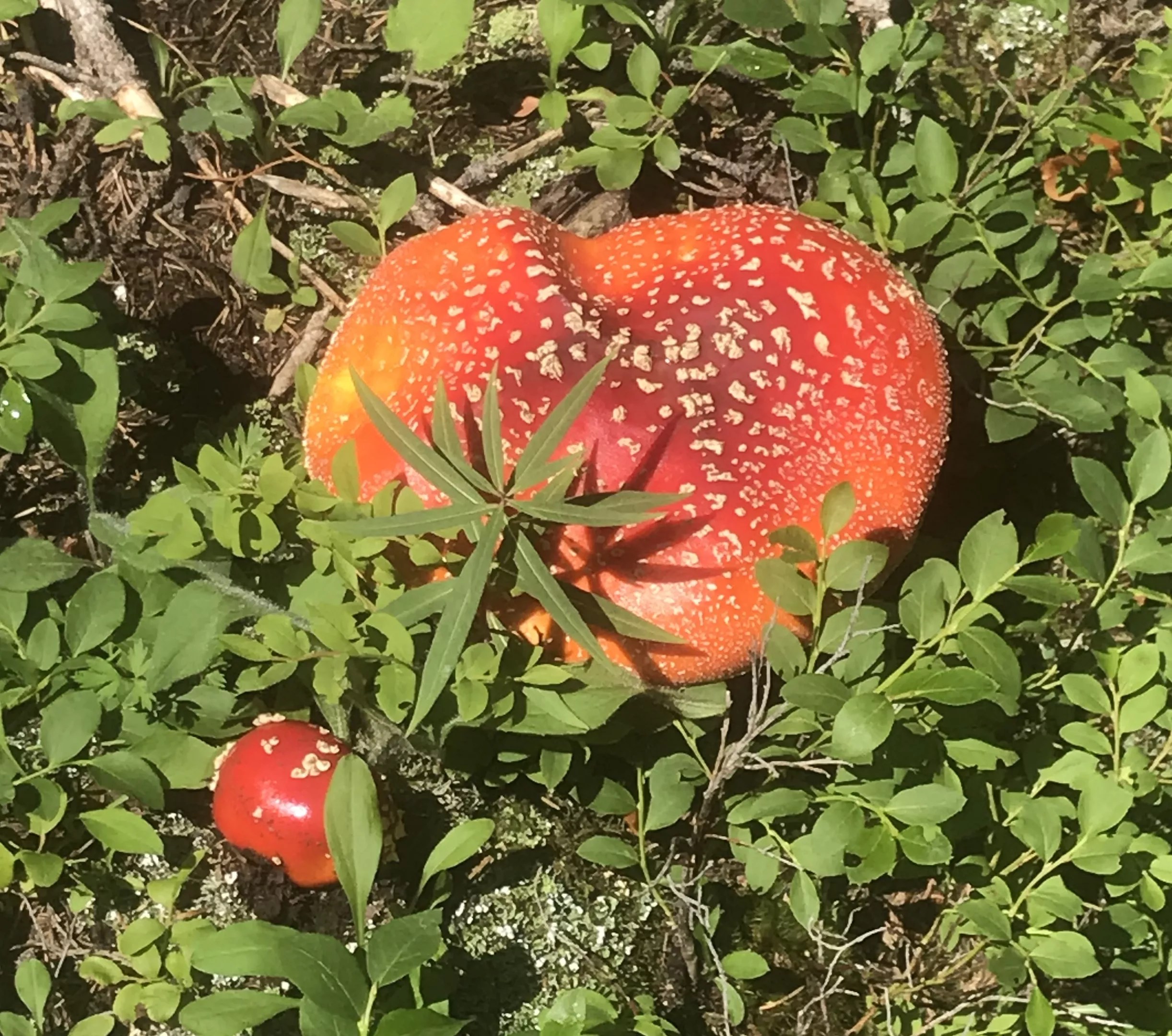
Fly agaric.
Anna Marija Helt
Fly agaric (Amanita muscaria), the iconic red and white mushroom found on fridge magnets and coffee mugs everywhere, fruits from mid-summer to early fall under high-elevation conifers. It has caused severe poisonings, and opinions on it range from “significantly toxic” to “edible with proper preparation.” Just enjoy looking at it. Yellow bracelet. Anna Marija Helt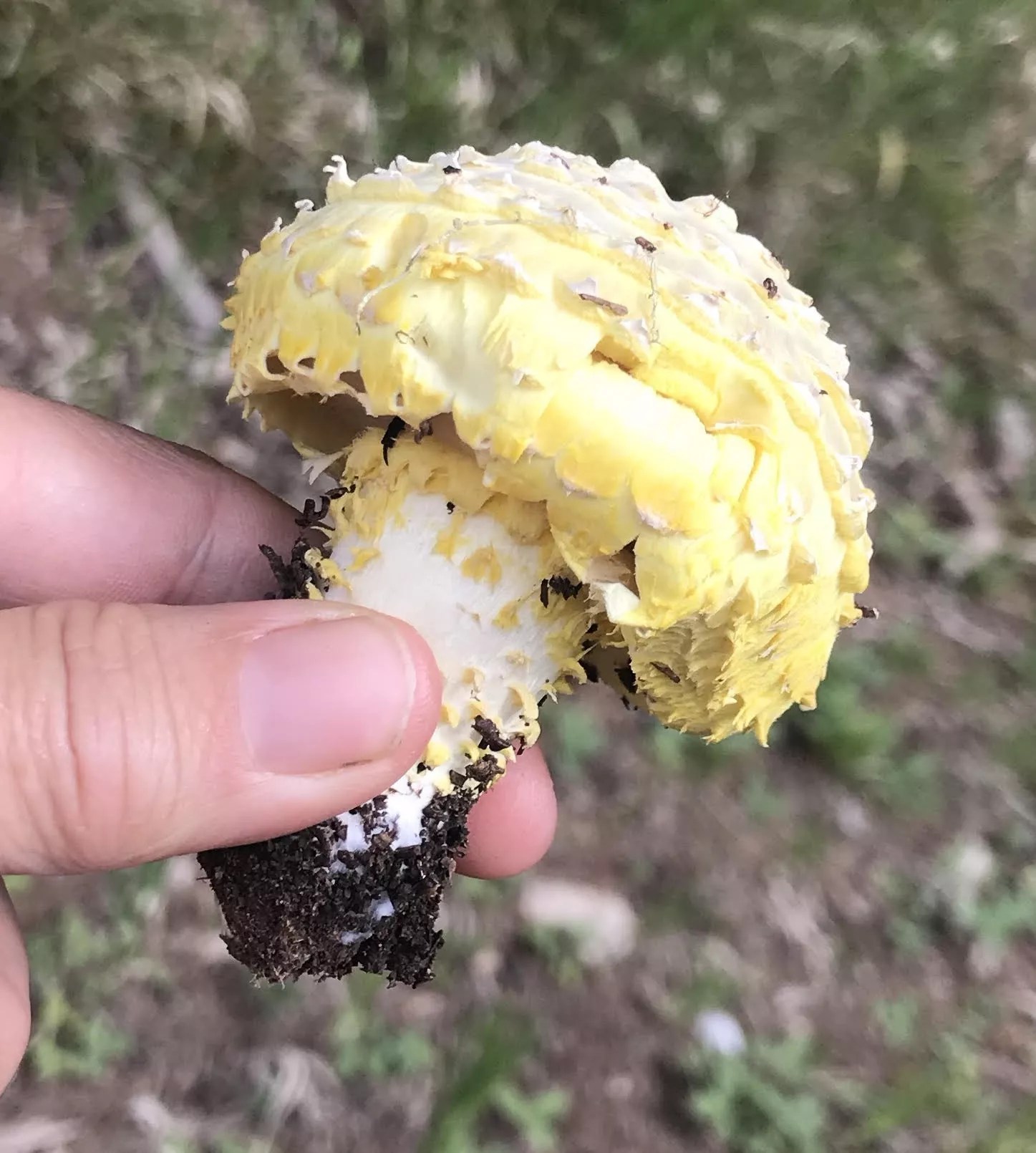
Yellow bracelet (Floccularia luteovirens) fruits in summer and fall in aspen and spruce-fir forests, especially in grassy spots. It’s edible, but might be confused with the yellow version of fly agaric in the northern Rockies.
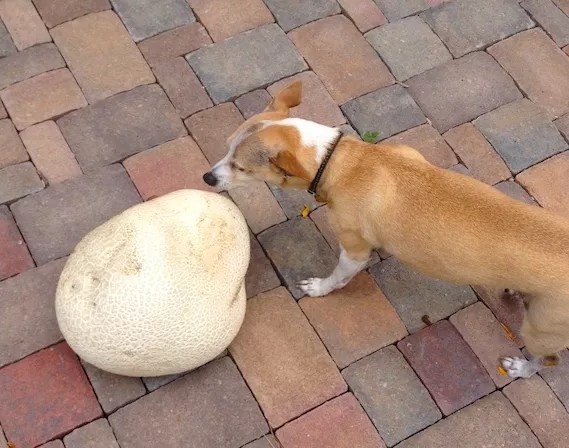
A Western giant puffball showing off its size.
Anna Marija Helt
Western giant puffballs (Calvatia booniana) pop up from mid-summer to early fall in grassy areas, semi-arid shrub lands and other open spots from prairie lands into the mountains. It can reach basketball size, with large, patchy scales on a white background. If the interior of the sliced puffball is white, it’s edible. Baby amanitas are sometimes mistaken for small puffballs. Dung-loving bird’s nest fungi. Anna Marija Helt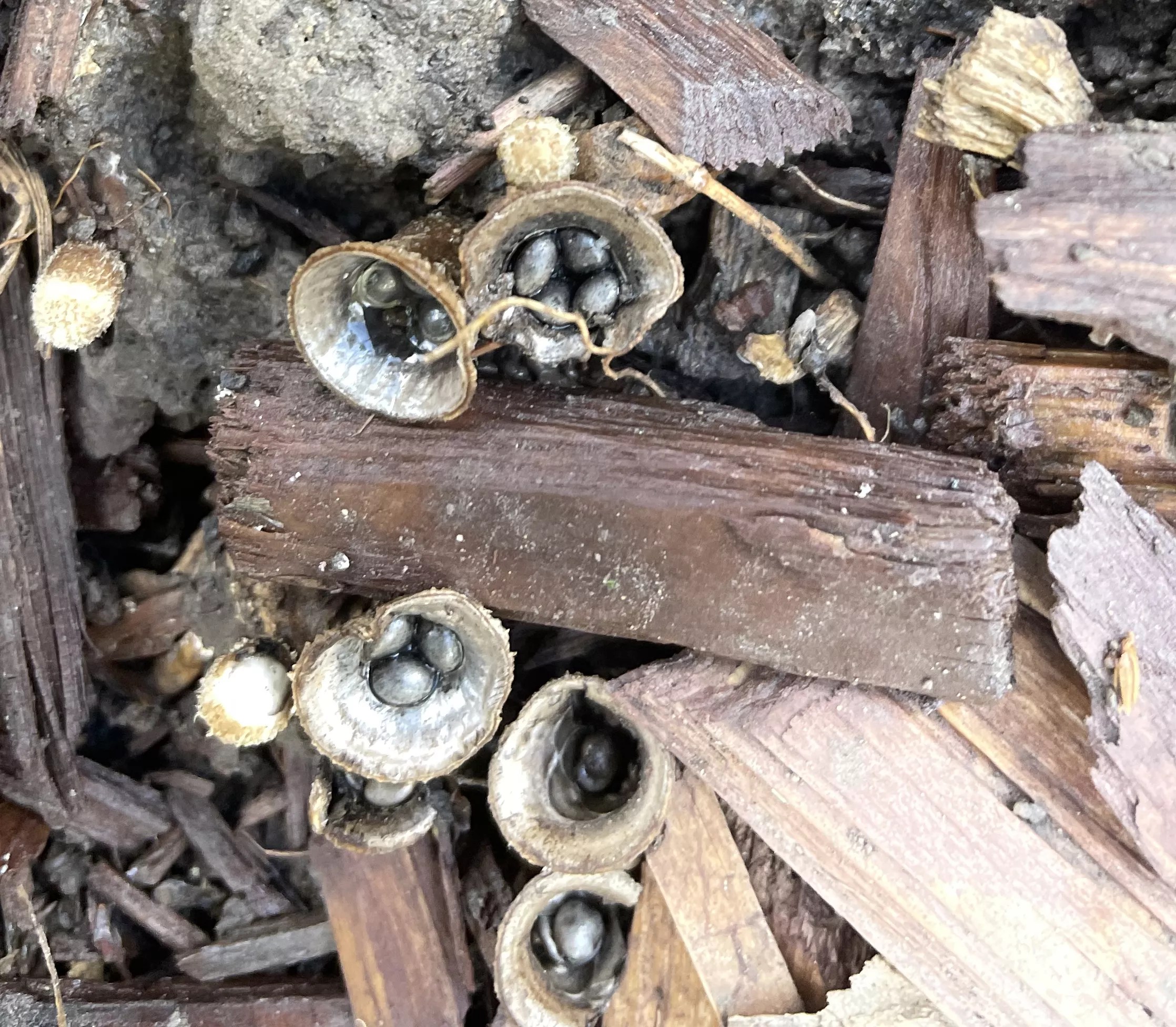
Dung-loving bird’s nest fungi (Cyathus stercoreus) are the size of a small fingertip and fruit in summer and fall throughout Colorado. It’s likely obvious why it’s called “bird’s nest fungi.” Its other name is “splash cup”; when a raindrop lands in the cup, the splash launches the spore-filled “eggs” out to spread the fungus. It grows on wood chips, in sawdust and on, well, dung. Bird’s nest fungi are not considered edible, but lab studies show that they may be useful for breaking down toxic chemicals in the environment.
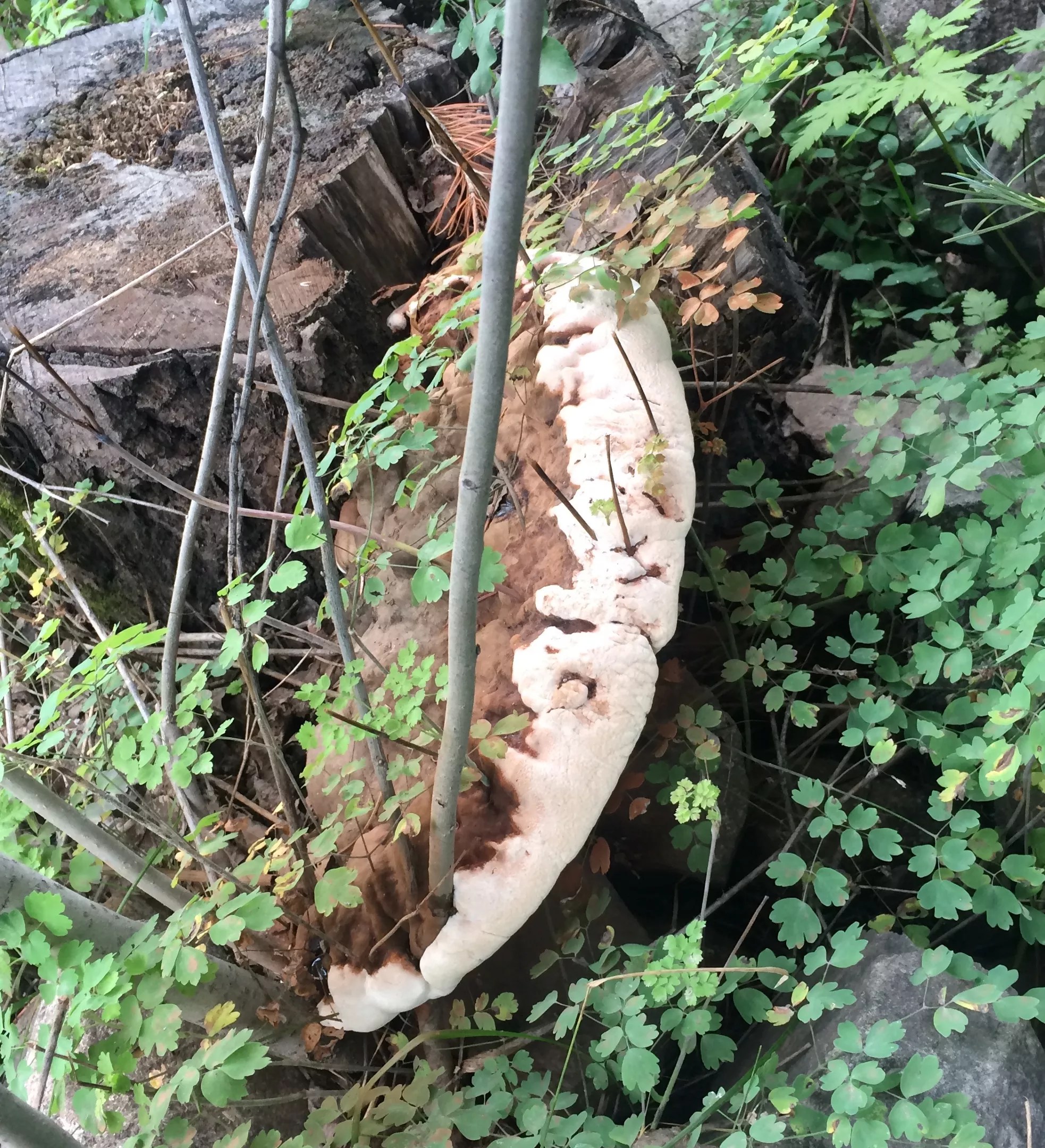
Artist’s conk.
Anna Marija Helt
Artist’s conk (Ganoderma applanatum) is a hard perennial fungus that grows on living and dead aspens. Folks “draw” on its white underside, hence the name. It has many centuries of medicinal use around the globe. And, yes, those are saplings trapped in the conk. Shaggy manes. Anna Marija Helt
Shaggy manes (Coprinus comatus) fruit in the summer and fall in yards, vacant lots, along roads and even through the asphalt, from the city to high elevations. They start out short, white and shaggy with white gills, and grow into tall, thin mushrooms with the gills turning black. At maturity, the mushrooms quickly and dramatically break down into black goo. They’re edible when still white, though they can resemble young vomiter mushrooms. A related fungi, the inky cap (Coprinopsis atremtarius), causes illness when combined with alcohol.
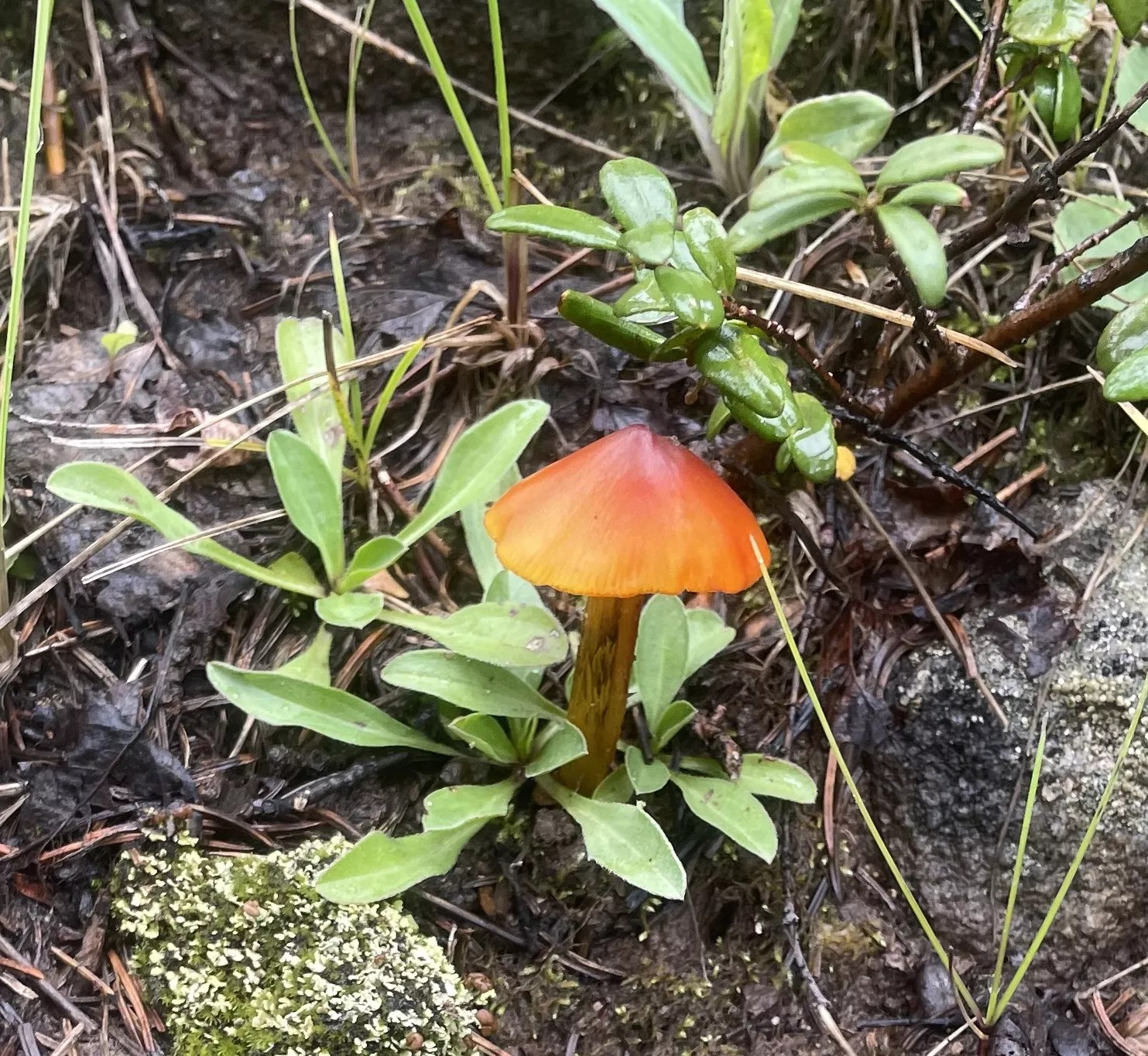
Witch’s hats.
Anna Marija Helt
Witch’s hats (Hygrocybe conica) grow from mid-summer to fall under spruce and other conifers in the mountains, especially in burn areas. Their edibility is questionable, which is just fine given their sliminess and diminutive size. Toothed jelly fungus. Anna Marija Helt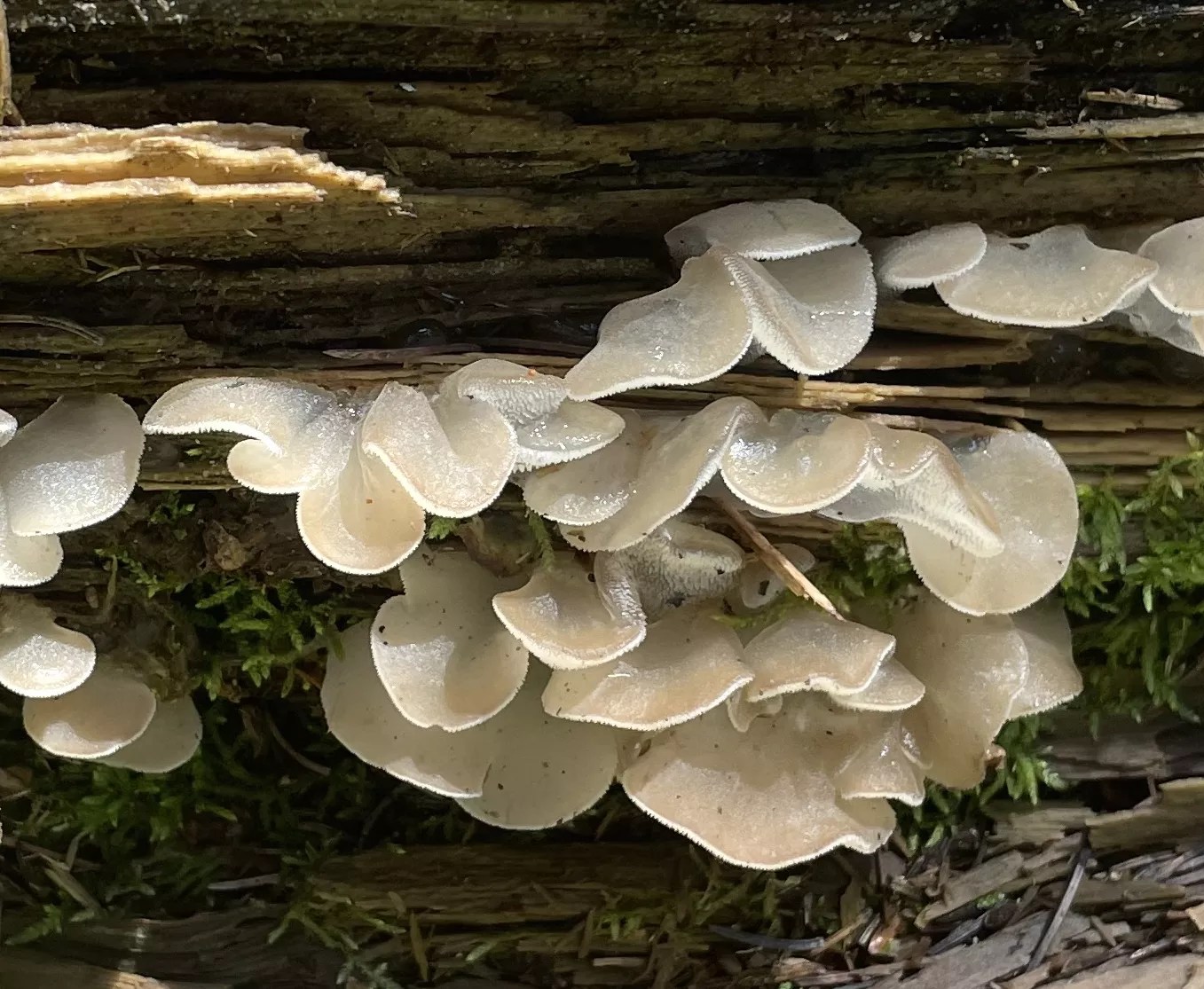
Toothed jelly fungus (Pseudohydnum gelatinosum) sprouts from rotting conifer wood during late summer and early fall in the mountains. The mushrooms are shiny and translucent, with little “teeth” beneath the cap. They’re edible, but not commonly eaten.
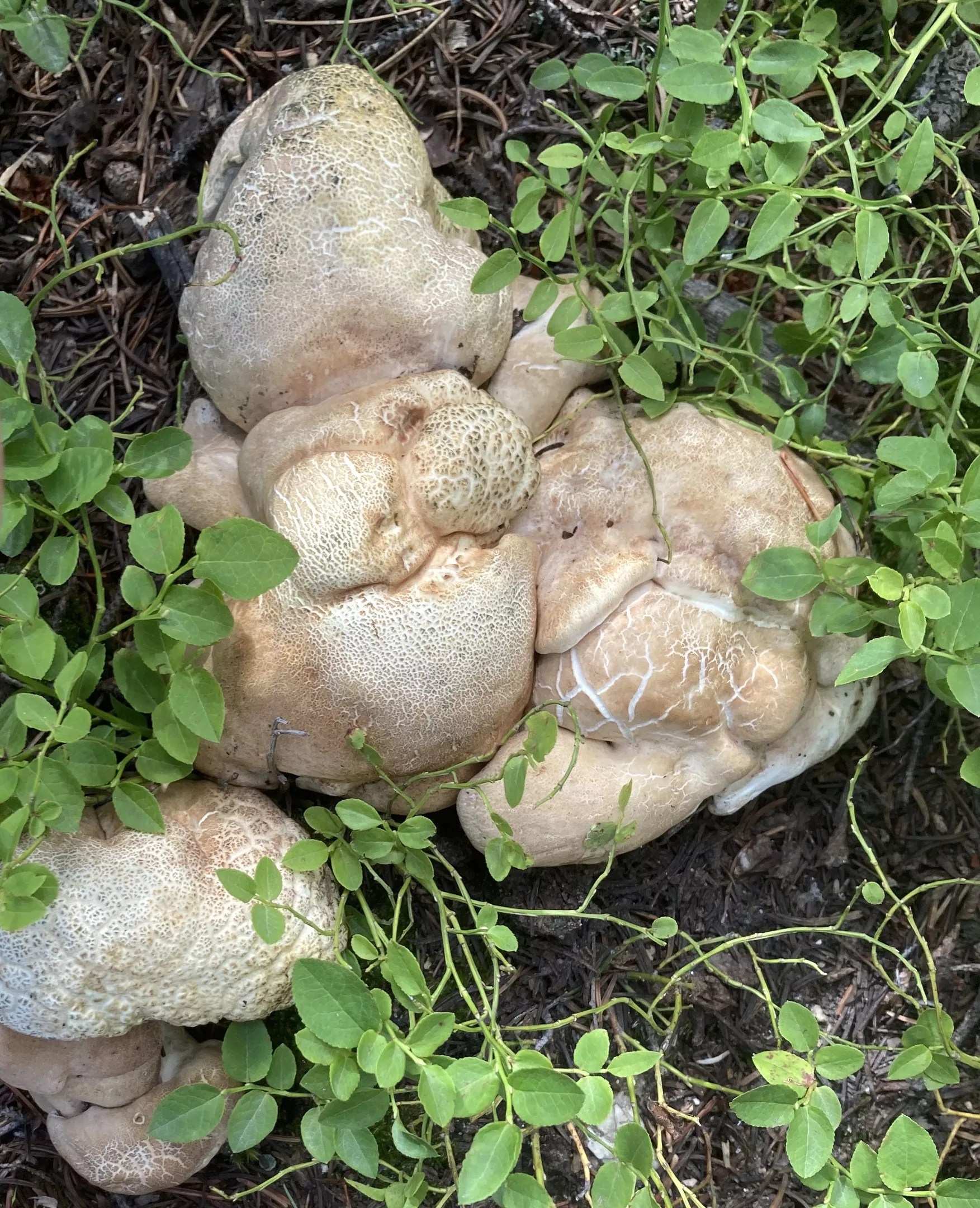
Albatrellus confluens
Anna Marija Helt
Albatrellus confluens currently lacks a common name and fruits in summer and fall in clumps under spruces and firs in the mountains. They’re edible if you get to them before the worms and mold do. Some folks report the flavor as unpleasant. Others (myself included) like them and actively seek them out.